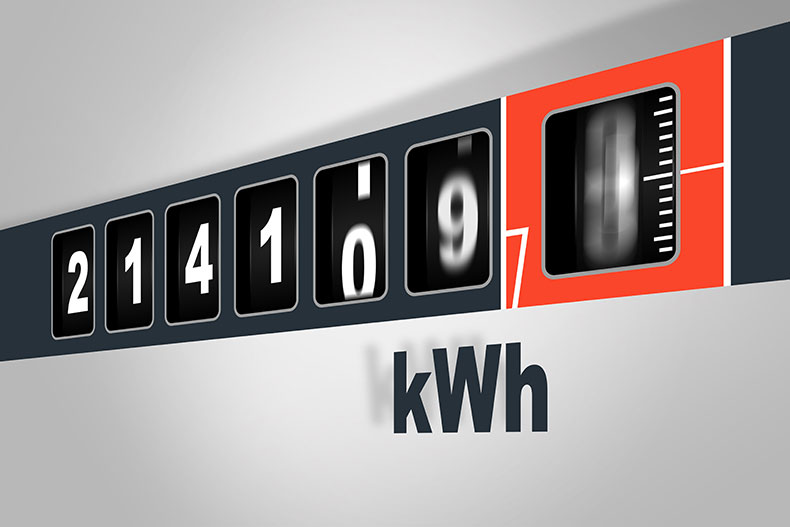On July 16, 1984, Tideland EMC installed its first load management switch at the Belhaven home of member Willie Allen. Over the next 15 years Tideland would ultimately install over 10,000 load management switches to shed load during peak demand events. At the time, peak demand charges equated to 56¢ for every $1 the co-op paid for power.
The program saved Tideland members millions of dollars in energy charges. The program was halted in 2002 when the co-op’s wholesale power contracts dramatically changed and load management strategies no longer bore economic fruit. Things are now reversing course, and the co-op is exploring new ways to manage demand.
Thanks to the Ocracoke microgrid project, we have been testing the capabilities of Wi-Fi enabled smart thermostats to effectively reduce demand while ensuring member comfort during a handful of monthly control events. Participants are notified when one of the three-hour control events is likely to occur. If the control event conflicts with household needs, the member can easily opt-out of the event by overriding the thermostat setting. However, data has shown that most members never opt-out and if they do it is so late in the event that we have usually managed to “beat the peak.”
Using cellular communications, we similiarly conduct water heater control events that slightly lower water heater temperatures rather than shut the units entirely off. That program has the additional benefit of being able to detect when a tank is potentially leaking or has a bad thermostat or failing element.
Furthermore, during last year’s bridge construction accident that severed transmission service to Hatteras and Ocracoke islands, we utilized outage text messaging to issue load alerts that helped us bring power back up on the island and manage load while operating on backup generators.
Later this year we will begin testing these technologies on the mainland. We plan to start with members served by the new Fairfield Harbour substation. If you are among the 2,859 members served by that substation, we’ll be reaching out to you shortly through a variety of co-op communications to explain what program options will be available to choose from. We’ll also hold at least two community meetings in the area to talk about the ever changing energy landscape and what the personal perks are of participating in load reduction programs. We look forward to engaging with you soon!


